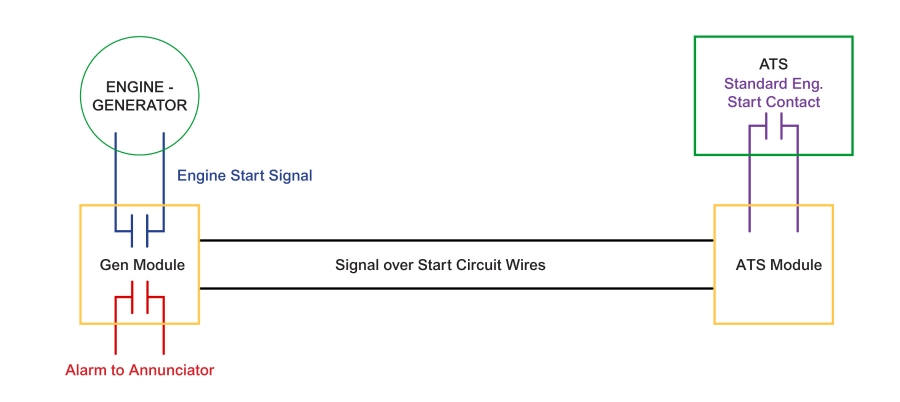To avoid problems, a requirement to monitor engine start signal circuits was added to the 2017 Edition of the NEC. The requirement reads:
700.10(D)(4) Generator Control Wiring.
Control conductors installed between the transfer equipment and the emergency generator shall be kept entirely independent of all other wiring and shall meet the conditions of 700.10(D)(2). The integrity of the generator remote start circuit shall be monitored for broken, disconnected, or shorted wires. Loss of integrity shall start the generator(s).
Approaches to Compliance
One approach to complying with the NEC requirement is to use a three-wire solution for monitoring signal circuit integrity. This involves using a normally open and a normally closed contact between the wire pairs. If the systems operate properly, the contacts will be in opposite states. If the contacts are in the same state, a signaling problem is present that could result in an outage.
Potential problems with this approach include situations where circuit problems may not be detected. For instance, an open circuit where shown below may not be recognized by a normally closed contact. The problem would remain undetected until the genset is needed to supply backup power. Without immediate notification, users will not know to investigate the cause and extent of the issue. For multiple switch applications, this 3-wire solution does not show where faults occur.





